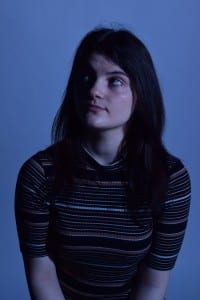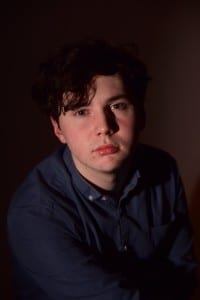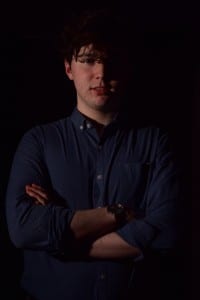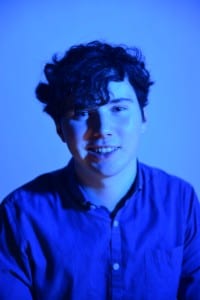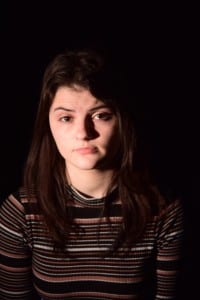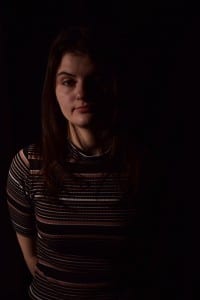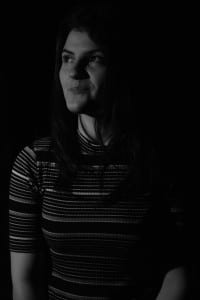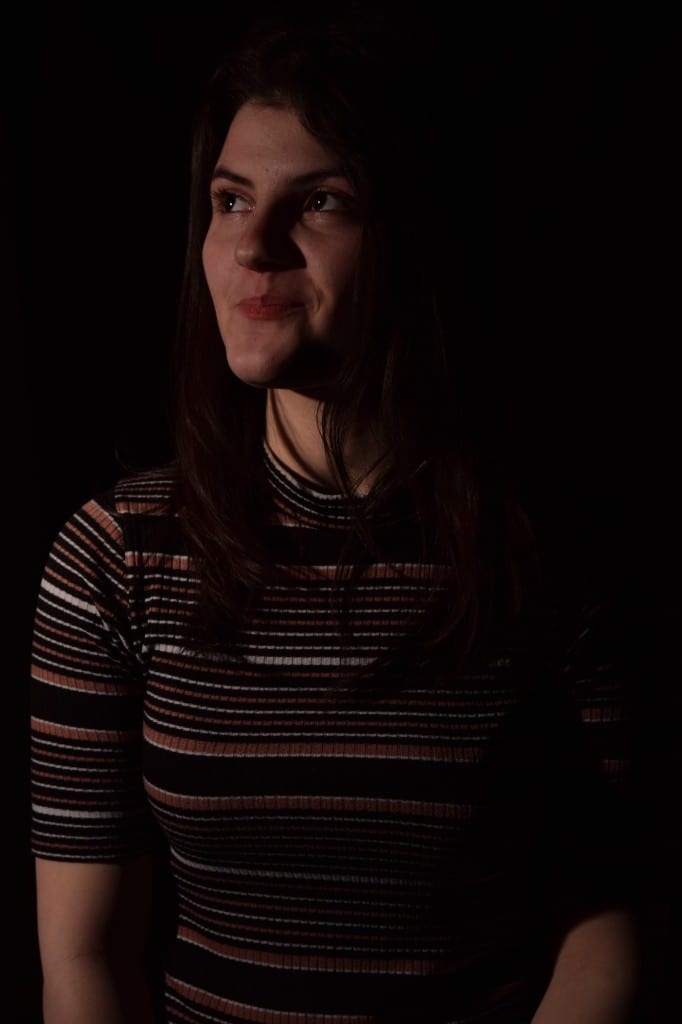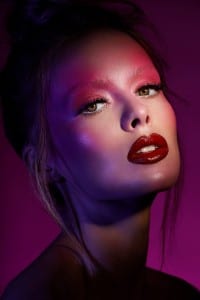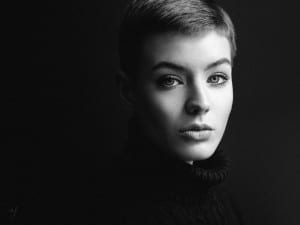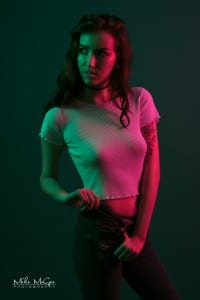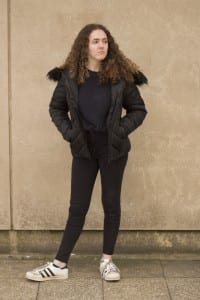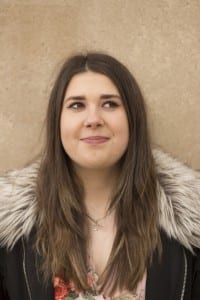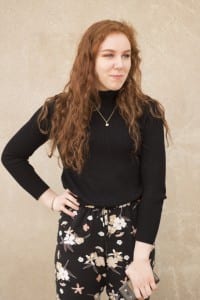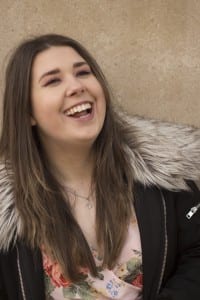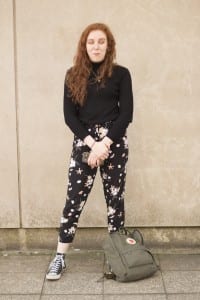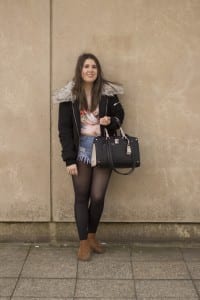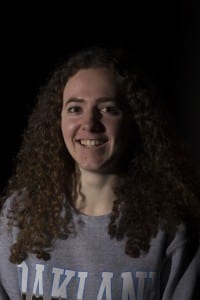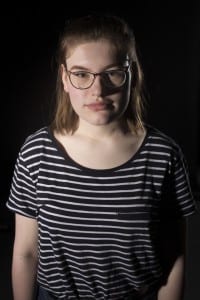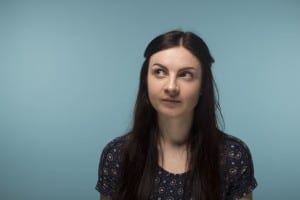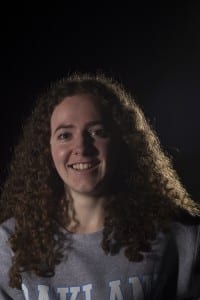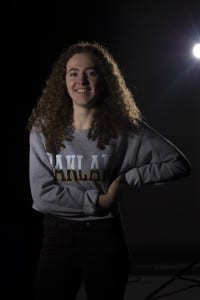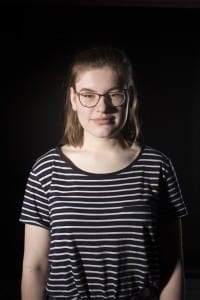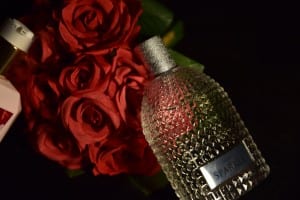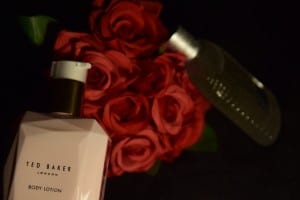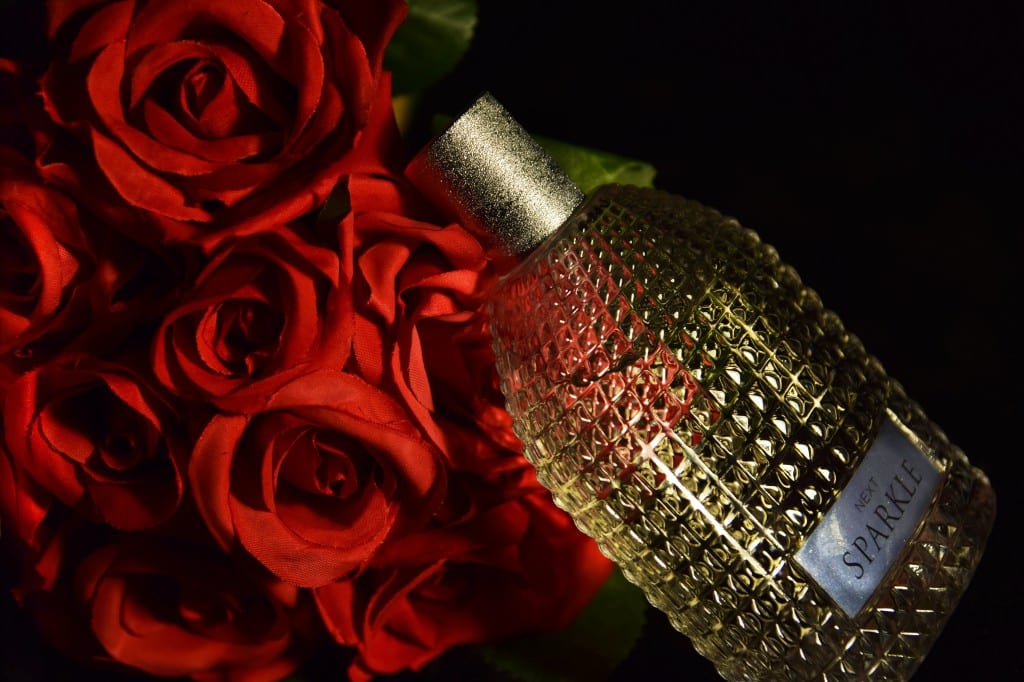Once I had become more familiar with the overall concept of portraiture photographs and I felt like I had done enough research in relation to portrait photographers, but most importantly, in relation to the type of portrait photographs that I would like to construct myself, I decided to start taking photographs for my portraiture assessment. When taking these final photographs, I was able to think about all of the different skills and elements I have learnt over time and was able to use them in my own work to ensure that I would be able to come out with an image that could potentially be almost perfect. I was able to get two different strangers to be my subjects for my photographs, both who I was able to take pictures of due to the fact that my friend asked if I would be able to photograph them. I was able to photograph a male (Joe) and a female (Jay), which I think was beneficial as it meant that I was able to see how different lighting and overall elements looked on individuals of opposite genders, but by taking photographs of different individuals, it means that I will have a greater choice of photographs to choose from when it comes to me selecting my final portrait photograph. I came out with both good and bad photographs, which I will demonstrate before I present my final portrait photograph.
Here are some of the photographs that I personally think turned out well, but were not good enough to be my final photograph:
From all of the photographs I had taken during this photo shoot, these were my favourite images and I mainly think I like these the most due to the fact that the lighting I have used in these photographs are all diverse – however, they all conform to the type of lighting I wanted to use in my photographs. I like the photographs where I have used the coloured gels as I believe that they make both Joe and Jay stand out more in the photograph and it makes them look more interesting, but I also like how they are posing in the photographs – at first I did ask my subjects to have a straight facial expression – however, I thought that this could get quite boring, so I then told them to do more fun and random poses, but also, I enabled them to pose in any way they wanted, so I would be able to capture it on camera. Moreover, I also like the images that use low and hard lighting because you are able to see a different side to the subject than what you see in the brightly lit images with the coloured gels in. From looking at these images, you are able to see that they are not perfect, hence why they are not my final photograph – however, I think they are some of the better photographs that I have taken from this photography shoot.
Here are some of the photographs that did not turn out so well:
By looking at these photographs, you are able to see that there are a lot of issues with them, but the main issue is the lighting. In the images with the coloured gels, you are able to see that the lighting that was used was too bright, which made the whole of the photograph too blue and therefore, I had to keep changing the setting on the lights to ensure that the photographs would turn out the way I want them to look and that they would not be too blue. When it came to me taking photographs in low light conditions, I again had to take multiple photographs and keep changing the settings of the lights to ensure that my photographs would turn out the way I want them to be. If you look at some of the photographs that I did in low lighting above, you will be able to see that the lighting used was either too bright or took dark. In the first low lighting photograph with Jay, you are able to see that there is way too much light on Jay’s face – which makes her look really pale, but the second photograph is too dark. Nonetheless, I am glad that I did come out with bad photographs as it enables me to see the difference between my good and bad photographs, but at the same time I am able to look at these bad photographs and think about the ways that I could improve.
Once I had chosen my final portrait image, I then thought back to the research I did on Andreas Jorns and how he often presents his photographs in black and white, so I decided to edit my final photograph into black and white – however, I did not like it with this effect as I felt that it took away the main meaning from the photograph, so I decided not to use the effect on my final photograph. Nonetheless, here is the black and white version of my final portrait photograph:
Here is my final photograph for my ‘Portraiture Assessment’:
This has been selected as my final photograph for many reason – firstly, I like how I have used the lighting in the photograph as I have used low and hard lighting – which is what I wanted to conform to, but I have also conformed to the use of Rembrandt lighting – which is what I think makes the photograph look more appealing and interesting for the audience to look at as the right side of Jay’s face is dark, while the left side is lit from the light source that is coming from the left side of the camera and because there is no light source coming from the right side, you are able to see that the use of the Rembrandt lighting enabled me to partially light the right side of Jay’s face so that it can be seen by the viewer, but at the same time, they are able to see that she is hiding in the dark. I like how I have used a hard light in this photograph as I feel like it defines my subject more and makes them stand out more to appeal to the audience. Moreover, I think my composition has been though through well as I have decided to not do a full length portrait, but at the same time I have not done a close up and have rather done a torso shot so the audience are able to see my subjects face and part of her body as well. Furthermore, I also like how Jay is posing in this photograph as she has a slight grin on her face and is looking towards the light – which could represent that she is looking at something intriguing – which could potentially grab the attention of the audience and make them want to look at the photograph and think about what she could possibly be looking at.
